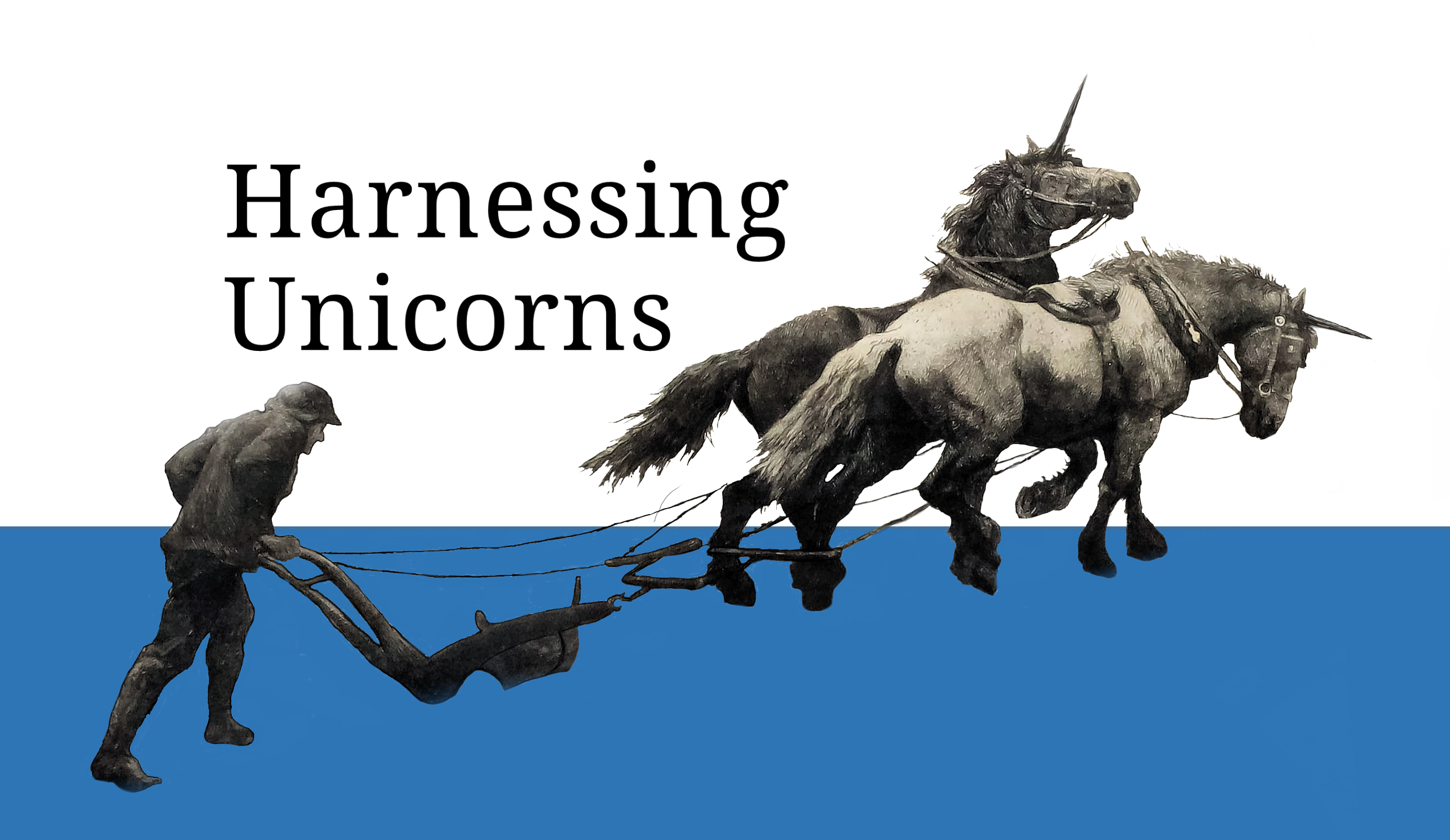Recently @RFFlores recently posted an excellent article describing the difference he sees in “Silicon Valley PaaS” and “Enterprise PaaS” when thinking about what comes after a foundational IaaS.
 He points out that “while enterprises do release new apps, the vast majority of their effort is expended on evolving the current applications that run their business,” and “the level of standardization dictated by Silicon Valley PaaS isn’t realistic for most large companies.” Go read his article for more on this.
He points out that “while enterprises do release new apps, the vast majority of their effort is expended on evolving the current applications that run their business,” and “the level of standardization dictated by Silicon Valley PaaS isn’t realistic for most large companies.” Go read his article for more on this.
I’d like to extend that thinking into the nature and differences of IT as a whole within the two euphemistic categories, “Silicon Valley IT” and “Enterprise IT.” The Clouderati are in many ways talking past the ITIListas. They live in separate worlds, and as we’ll see have differing resources and methodologies. The methods of the Clouderati are proper for that world, and the methods of the ITIListas are proper for theirs. The real question is in what form will new ideas in Service Management govern the transition from these two emerging extremes into a hybrid IT operational model.
Silicon Valley IT is characterized by several key assumptions that make the hyper standardized Clouderati rhetoric work well:
- The Business is the technology / data and not just supported by it. Business processes, customer engagement, the product for sale, and the distribution model are all inextricably tied to one another through the application(s) built to run across the internet.
- There are 1’s of hyper standardized scale out infrastructures required to be supported. The zealous drive to drive out cost ensures that everything runs on a single infrastructure model. This infrastructure could be private cloud (Facebook) or public cloud (Netflix) or a hybrid of both. The infrastructure is built and ready (or provisioned from the Public Cloud on demand) for new projects to leverage and reuse.
- Apps are developed in house as scale out web services to take advantage of the scale out infrastructure. All applications must necessarily conform to the scale out model of processing, are generally x86 based, leverage modest scale up in terms of # of cores and amount of memory, etc.
- The tight linkage between the Business and the Technology produces a DevOps group that scales out as the infrastructure grows. The classic example (can that term be used?) is Netflix that has gone to a DevOps model where each business unit creates and manages their own piece of the loosely coupled production application set.
Enterprise IT is characterized by several opposing assumptions that make the hyper standardized cloud rhetoric nearly impossible to achieve for an ITILista:
- The Business processes were developed prior to the technology revolution, and IT is used to augment or support them. The business deals with objects or people in the “real world” and is dependent on many factors outside the realm of software.
- There are 10’s to 100’s of very distinct and customized infrastructure silos required by COTS software vendors. IT is seen as a cost center, and funding is provided on a project by project basis often without regard for leveraging existing assets purchased outside the project budget. New infrastructure stacks are architected, built, and run to support every major new initiative.
- Apps are as often purchased and customized as developed in house. They may run on different CPU architectures, require wholly different CPU / Memory / Storage / Network resources, and require a significant systems integration capability to function with other systems.
- There is a ship-load of skillsets, MBO’s, metrics, and goals that have been developed to manage the diversity of platforms required. That ship is indeed hard to turn.
Look for future posts exploring how the various cloud players are looking to transform ITSM into simply Service Management of Hybrid Public + Private technology services.
